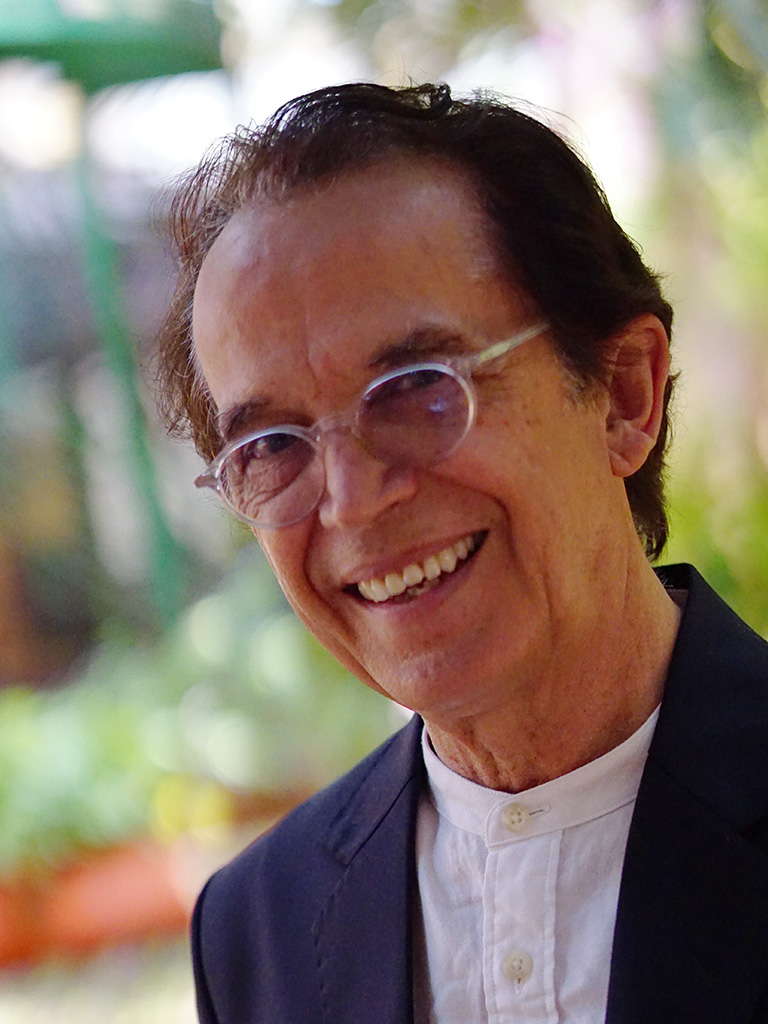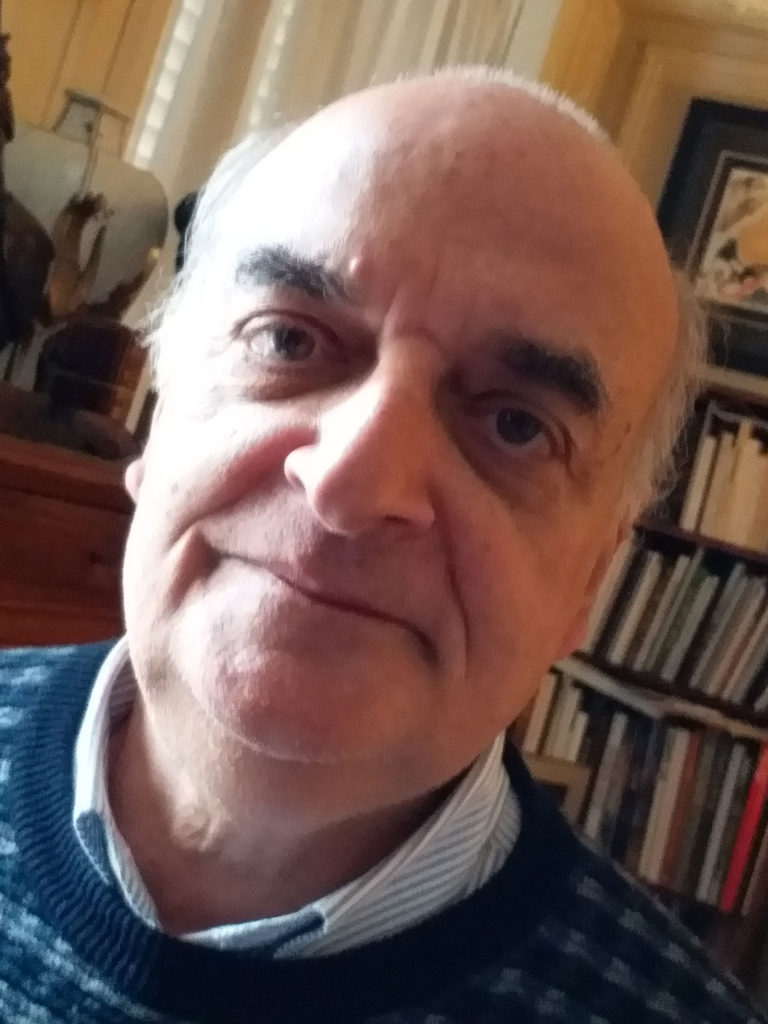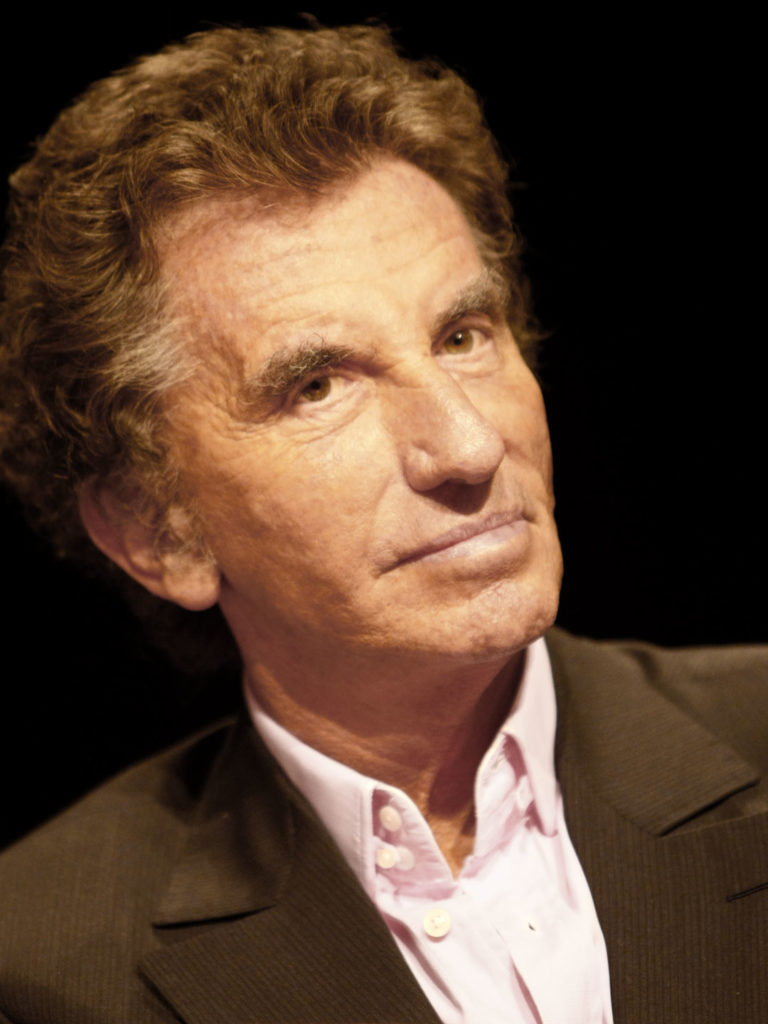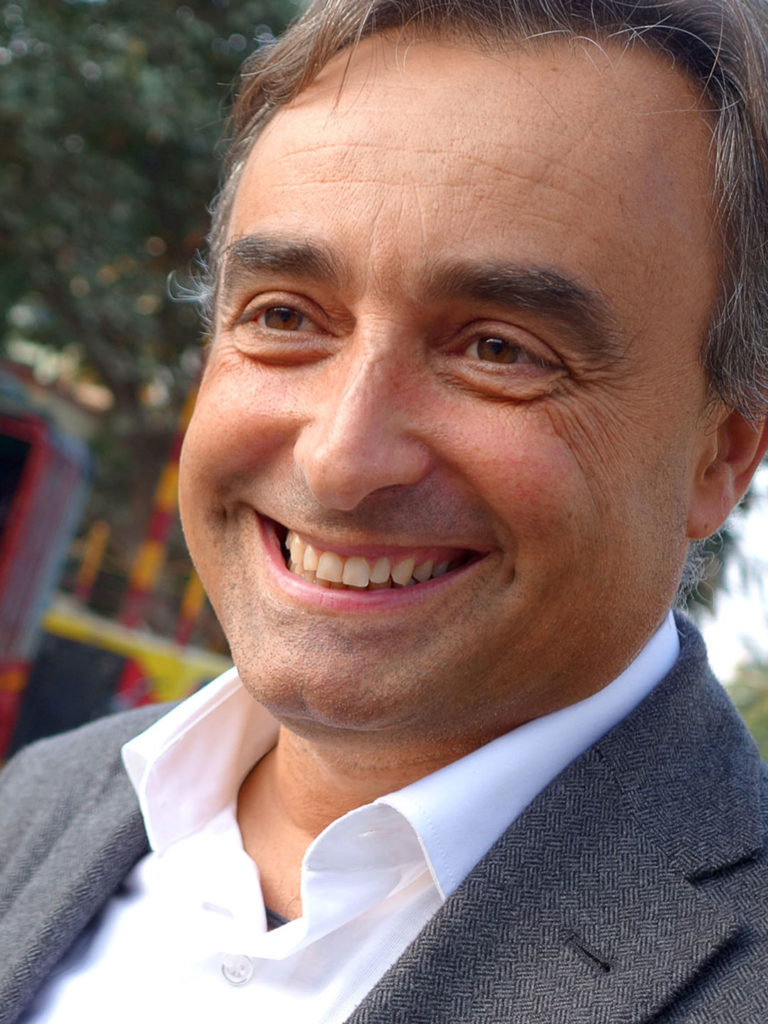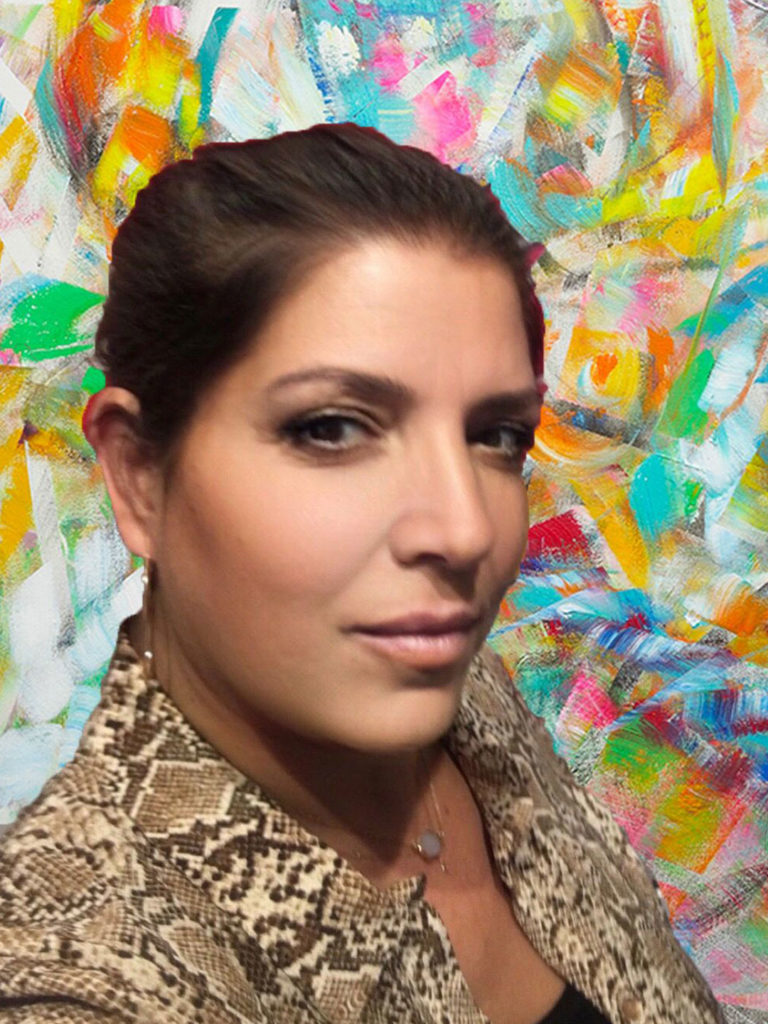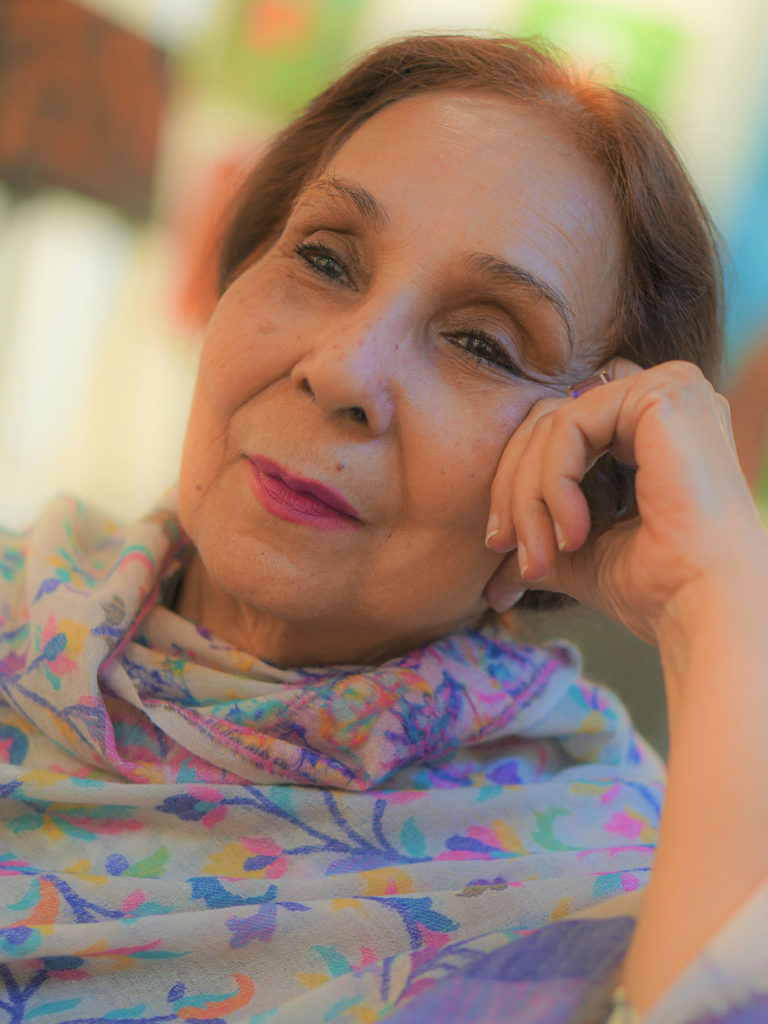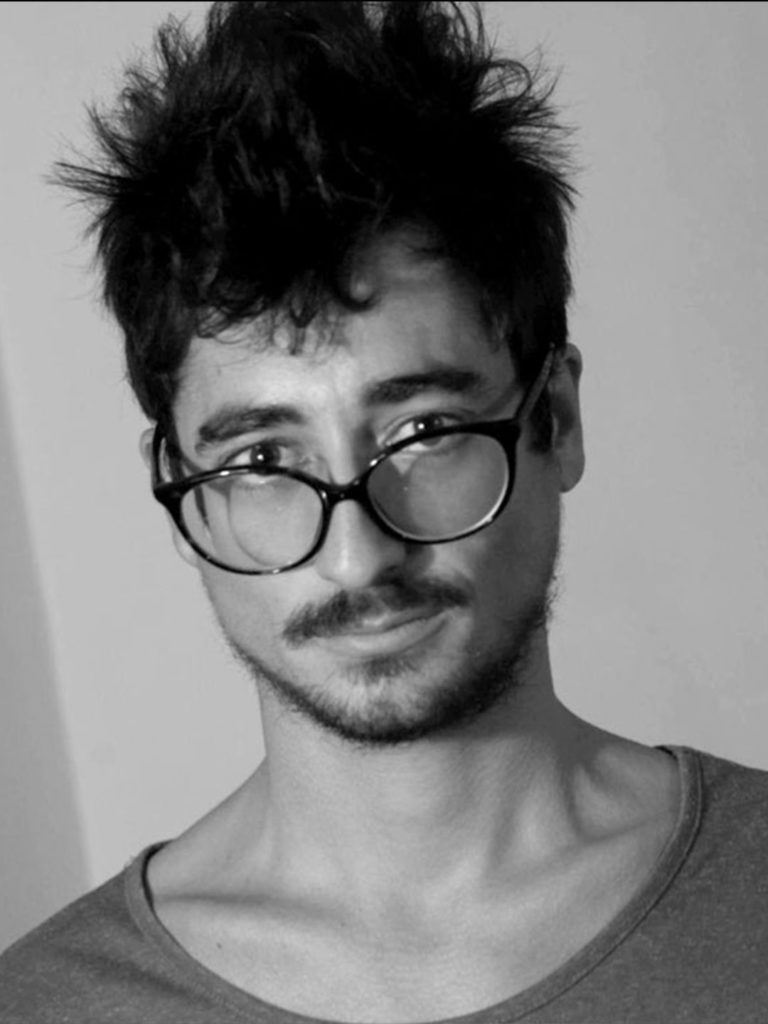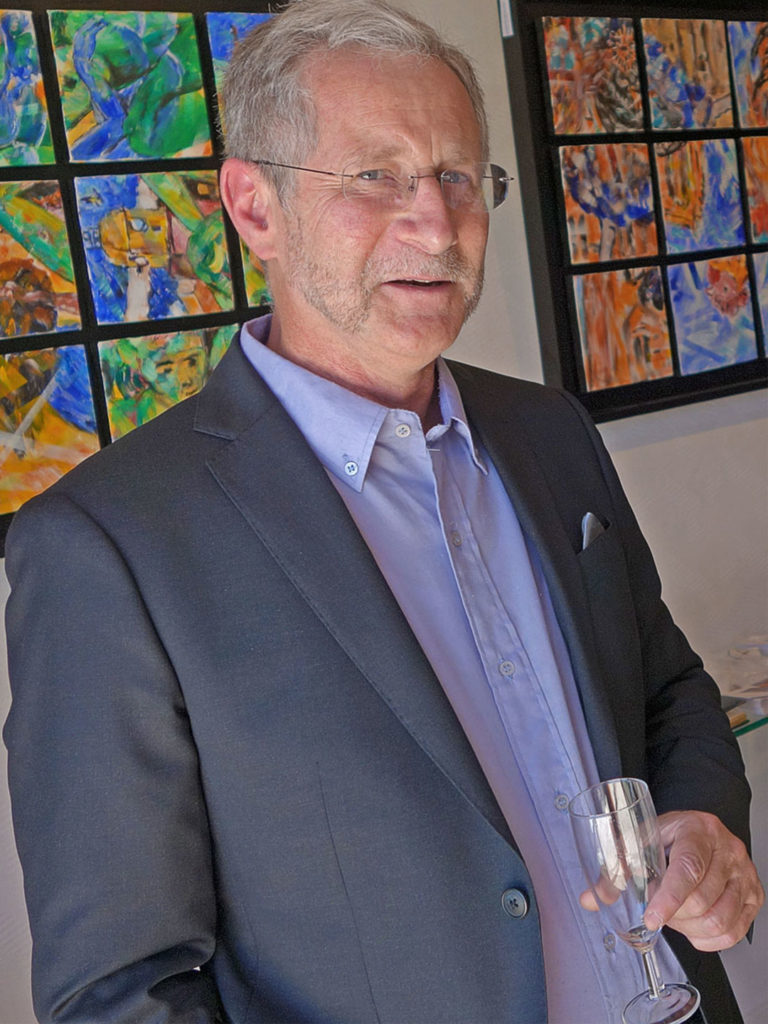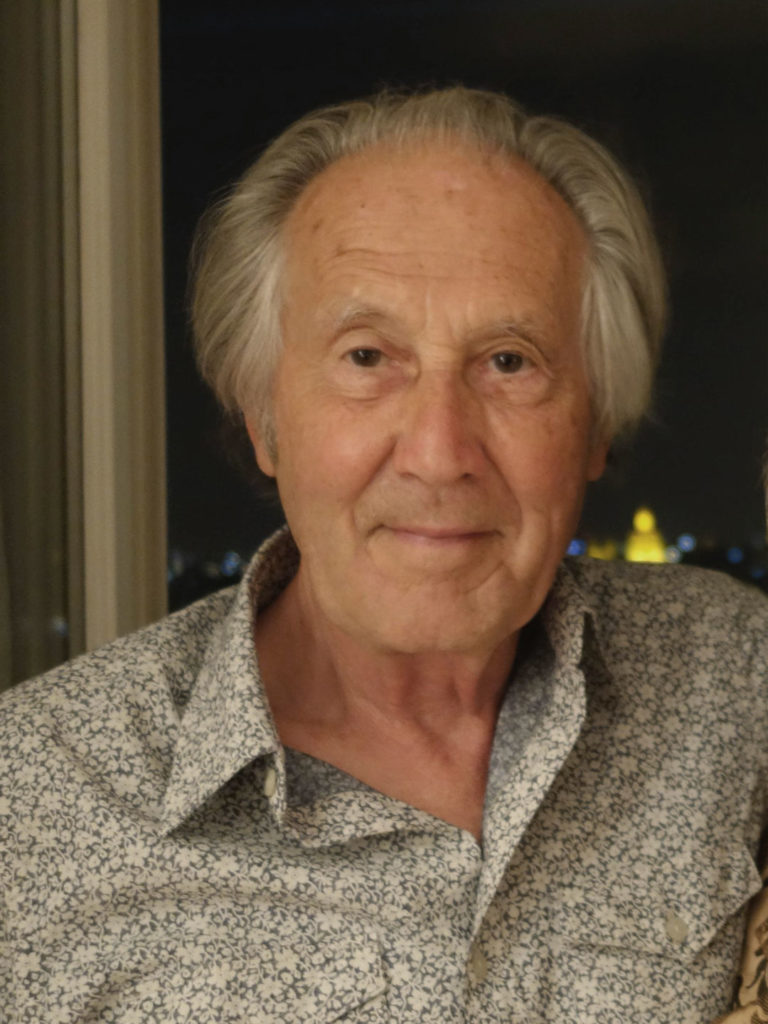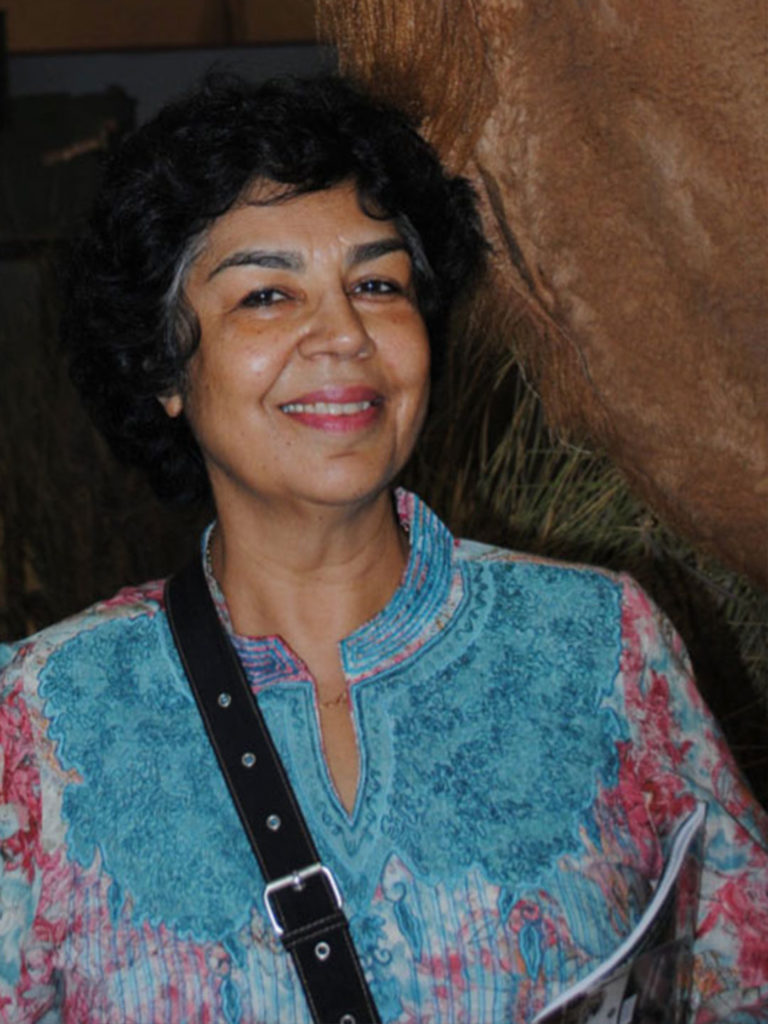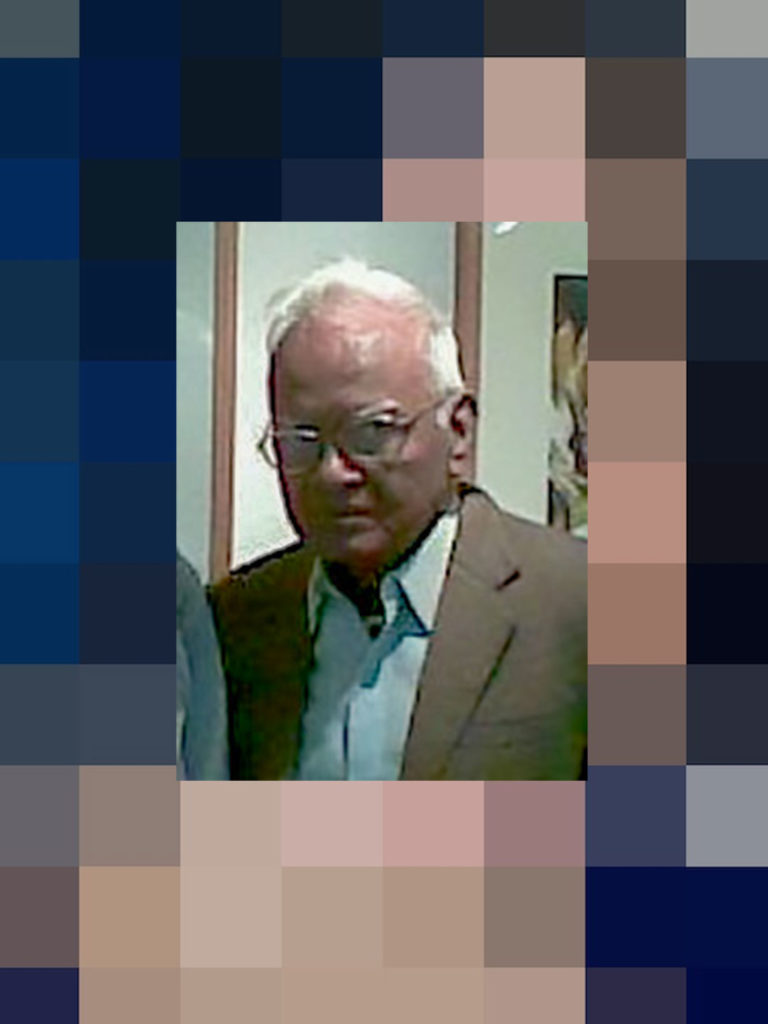
Pranabranjan Ray
Distinguished Art Historian and Art Critic, Kolkata, India.
“Marked Gesture and Art Like many words appropriated from general usage and made into specific terms for use in a particular discipline, there is no entry of the word gesturism in the dictionary; nor of Gesturism art. Yet, when one views the oeuvre of Sen, Calcutta-suburb-born (1954) resident painter-cum-designer of France, one instantly recognizes his Gesturism art’s kinship with, and a long-line of descent from, a truly global visualinguistic technique.
The technique derives its identity from the noun, and its verb derivative – gesture. Gesture is a fleeting, voluntary or involuntary movement of the corporeal body and/ or its part. To an observer it conveys a meaning relating to the physical and/ or mental state causing the movement.
To Impressionists like Monet, and especially Post Impressionists like van Gogh, go the credit of recognizing the technique of painterly simulation of bodily gesture in the work of classical Japanese painters. Their purpose was visualization of the artist’s own response to extraneous stimulus so that beholders can experience sensuously. Sen never fails to pay his tribute to the modern Impressionists who appropriated from classical Japanese art, the irregular spatial shapes of tonal masses on two-dimensional surfaces.
This was achieved through gestural lay of colours, especially by obliterating mass-line differences in brushwork sweeps, swirls, strokes, dashes, touches and so on. Monet vastly expanded the potential of gestural application of colours to capture fleeting impressions of light and changing shapes. Van Gogh opened up possibilities of expressing very individual, psychological responses through enhanced usage of the visualinguistic technique.
So pregnant was the potential of this slap-dash a la prima technique that a large majority of later Post Impressionists and Expressionists turned it into wholes of their visual language. It may be contextual to mention that the gestural technique of visualization significantly affected sculptural practice too. A majority of Ramkinkar Baij’s work bear this out.
Like a diligent schoolman, Sen first mastered this technique of visualization. He then turned it into a personal idiom, giving it the nomenclature of Gesturism art. How does his idiom differ significantly from the practice of others who employ the gestural mode of visualization as their prime visualinguistic strategy? In his eagerness to transform the visualinguistic device into the whole of his visual language or idiom, Sen has succeeded in detaching his gestural marks from being responses to external stimulation, to being just simulations.
Simulations of what? Rhythmically moving bodies with fleeting stances became Sen’s obvious first choice in his own Gesturism expressions. His loving hands flow in foreplay before lovemaking with curves, contouring curvaceous female-figures. They provide the take-offs for gestural play of Sen’s brush. In the grand old tradition of quick indicative painterly marks to celebrate fleeting sights of scenic sites, Sen has brought alive his own retinal impressions of places associated with his much admired painters.
Through acts of mark-making, whatever Sen has done on two dimensional surfaces to indicate his retinal response, he has imbued it with joie de vivre. In fact, Sen has unequivocally declared that his Gesturism art celebrates life-like unpredictability; it is against mechanical predictability of much of digital art that post-modernism endorses. Thus in his art, Sen seems to display his loyalty to the great tradition of Impressionism of his adopted home.



